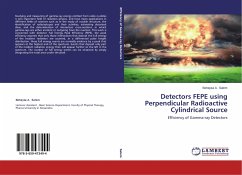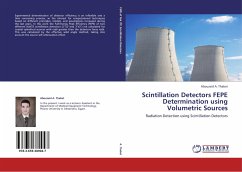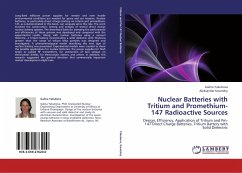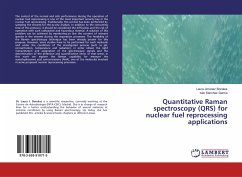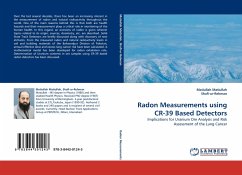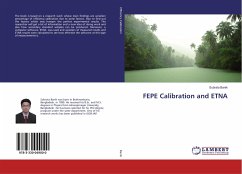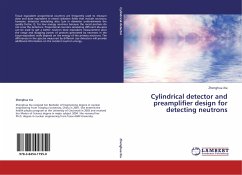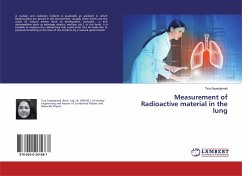Studying and measuring of gamma-ray energy emitted from radio nuclides is very important field of radiation physics, and have many applications in different fields of sciences such as in the study of nuclear structure, the identification of radioisotopes and their activities, estimating absorbed dose, and the determination of interaction cross-sections, in which gamma-rays are either incident or outgoing from the reaction. This work is concerned with detector Full Energy Peak Efficiency (FEPE), the peak efficiency assumes that only those interactions that deposit the full energy of the incident radiation are counted, in a differential pulse height distribution, these full energy events are normally evidence by a peak that appears at the highest end of the spectrum. Events that deposit only part of the incident radiation energy then will appear farther to the left in the spectrum. The number of full energy events can be obtained by simply integrating the total area under the peak
Bitte wählen Sie Ihr Anliegen aus.
Rechnungen
Retourenschein anfordern
Bestellstatus
Storno

